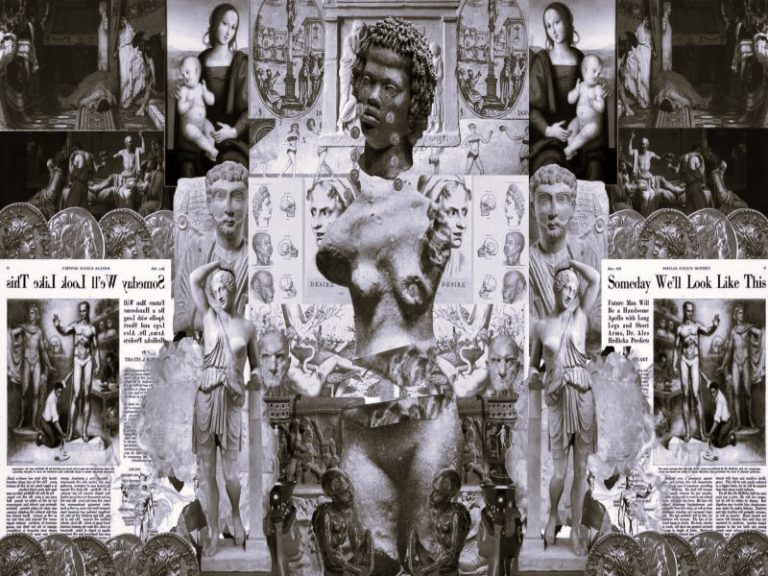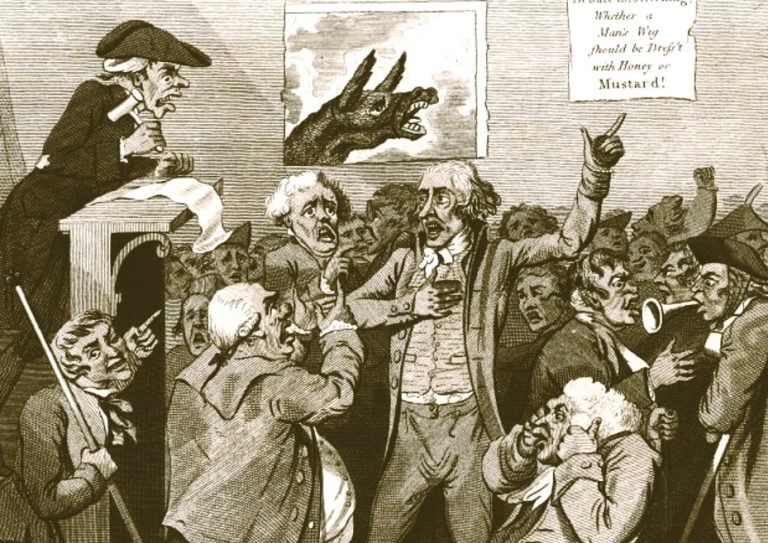

Humans are visual creatures—always have been, always will be. Long before Instagram or Snapchat, our ancestors were painting mammoths and buffalo on cave walls. They weren’t just decorating their living rooms, though. These ancient artworks told stories—stories about survival, hunting adventures, and tribal life. Fast forward thousands of years, and we’re still at it. Sure, mammoths might’ve been swapped for weddings or birthday parties, but the desire to tell our stories visually remains just as strong. And thanks to tools like GuestCam, sharing these stories has never been simpler or more communal.
Let’s dive into how visual storytelling has evolved, why it’s deeply rooted in our human nature, and how modern technology has transformed the way we share our experiences.
The First Stories: Caves, Colors, and Curiosity
Imagine being a prehistoric human—no Netflix, no TikTok, not even a decent podcast. So what do you do after a long day hunting and gathering? You grab some pigment and head to the cave walls. Early cave paintings, found everywhere from France to Indonesia, reveal a fundamental human desire: to communicate visually.
These paintings weren’t random scribbles. They depicted detailed scenes of hunting, animals, and rituals. Archaeologists believe these artworks served multiple purposes—recording events, passing down information, or even spiritual storytelling. One thing’s clear: visual storytelling has always been our way of capturing and sharing experiences.
From Cave Walls to Canvas: The Art of Visual Narratives
Fast forward a few millennia, and we’ve upgraded our storytelling from cave walls to canvas and frescoes. The Egyptians used intricate murals and hieroglyphics to narrate histories, myths, and daily life. Medieval tapestries illustrated epic battles and royal events, telling stories without a single word.
The Renaissance masters like Leonardo da Vinci and Michelangelo perfected this art. Their paintings didn’t just look pretty—they conveyed powerful narratives. Da Vinci’s The Last Supper isn’t merely a dinner scene; it’s packed with emotional tension and drama. Michelangelo’s ceiling in the Sistine Chapel is essentially one massive visual epic.
Clearly, humans haven’t changed much—we’ve always loved a good visual story.
Photography: Capturing Moments in Time
Enter the invention of photography in the 19th century—a game changer in visual storytelling. Instead of taking days, months, or even years to create, stories could now be captured instantly. Early photography gave everyday people the power to preserve and share their lives, whether it was family portraits, landscapes, or historic events.
Photography quickly became essential to storytelling, documenting events like the American Civil War, the roaring twenties, or the moon landing. The immediacy and realism of photographs allowed stories to be shared across cultures and generations. It’s no wonder photography became a beloved pastime for many, evolving from a specialized skill to something accessible for almost everyone.
Visual Storytelling in the Digital Age
Photography might’ve started as an expensive hobby, but digital technology changed the game entirely. With smartphones equipped with powerful cameras in nearly every pocket, we’re all visual storytellers now. Suddenly, everyone’s life—every brunch, concert, or family gathering—is documented and shared with the world.
Social media platforms, from Instagram to Pinterest, thrive because humans crave visual content. Photos communicate instantly, powerfully, and emotionally in a way words often can’t. Think about it: would you rather read a lengthy description of your friend’s holiday or see a stunning beach sunset instantly?
Event Photo Sharing: A Modern Community Ritual
Today, visual storytelling isn’t just personal; it’s become communal. Event photo sharing, whether at weddings, birthdays, or corporate events, has evolved into a modern ritual. Everyone snapping photos, tagging friends, and sharing instantly has become as standard as cutting the cake or giving a toast.
Services like GuestCam recognize this human need and streamline the experience. Instead of guests individually texting or emailing photos later, everyone can easily upload and share images in real-time during the event. This shared gallery becomes a modern digital scrapbook, capturing diverse perspectives and spontaneous moments.
What’s fascinating here is the continuity—just like prehistoric people gathering around cave walls to relive a hunt, today’s partygoers crowd around screens to relive hilarious dance moves or heartfelt speeches. Different tools, same fundamental human desire.
Why Visual Stories Resonate with Us
But why are visuals so powerful? Well, humans process visual information significantly faster than text. Images evoke emotions, trigger memories, and stimulate imagination instantly. Visual storytelling resonates deeply because it taps into our shared emotions and experiences, creating immediate connections.
Think about iconic images from history—the moon landing, the fall of the Berlin Wall, or even viral internet memes. These visuals don’t need words to tell their stories or evoke feelings. Our brains naturally decode them, relate to them, and remember them vividly.
The Rise of User-Generated Visual Content
Another significant shift in recent years is user-generated content (UGC). Instead of passively viewing professional photography or artwork, people now actively create and share their visual stories. Platforms like TikTok and Instagram Reels emphasize this participation, encouraging users to produce short visual narratives.
UGC is powerful because it’s authentic. People trust and connect more with content created by peers rather than polished advertisements or staged professional shots. A shaky video of someone’s grandma dancing at a wedding might resonate more deeply than a professionally choreographed ad.
Event photo sharing thrives on this same principle—capturing genuine, spontaneous moments that reflect the real emotion and joy of the experience.
The Future of Visual Storytelling
So, what’s next for visual storytelling? Augmented reality (AR) and virtual reality (VR) are beginning to reshape how we experience and share stories visually. Imagine walking through your own wedding photos as if you’re reliving the day again, or friends attending your birthday virtually through immersive visuals.
AR apps already allow users to enhance physical spaces with digital visuals, creating interactive storytelling experiences. VR takes this a step further, immersing users entirely in visual narratives. These technologies promise an even richer, more engaging form of storytelling—one that blends reality and imagination seamlessly.
Yet, no matter how advanced our technology gets, the core remains unchanged—humans will always love stories, and visuals will always be our favorite way to share them.
Practical Tips: How to Tell Better Visual Stories Today
Want to improve your visual storytelling skills? Here are a few simple tips:
- Capture genuine emotion: Don’t just pose—capture candid moments that reflect real emotions.
- Find interesting perspectives: Change angles, lighting, or framing to add drama or interest to your shots.
- Tell a cohesive story: Share images that together tell a narrative, rather than random snapshots.
- Edit wisely: Good storytelling often involves removing distractions to highlight the main subject clearly.
- Encourage collaboration: Use platforms or apps designed for collaborative photo sharing to build richer, diverse visual narratives.
Bringing It All Together: Why We Love Sharing Images
At its heart, visual storytelling is a profoundly human activity. We do it instinctively because visuals let us communicate and connect deeply without barriers. From prehistoric cave walls to today’s instant digital uploads, this love for visual stories endures because it meets a fundamental human need—to share, to remember, and to feel connected.
So, the next time you’re snapping a picture at a wedding, posting your travel adventures, or even doodling during a dull meeting, remember you’re continuing a rich human tradition. We might’ve replaced cave walls with smartphone screens, but our love for storytelling remains just as strong as ever.


